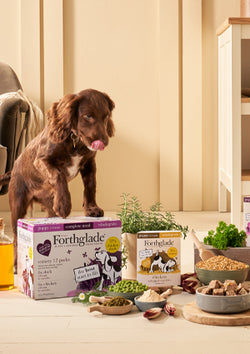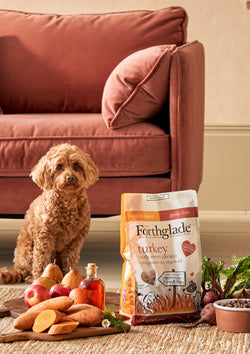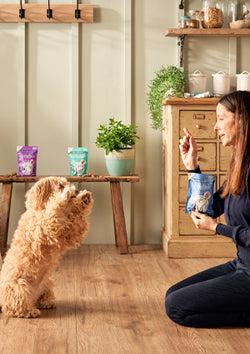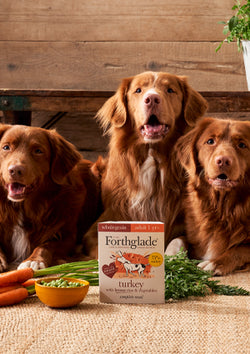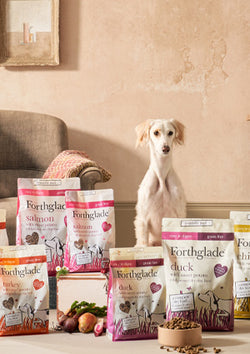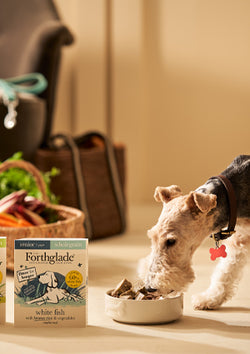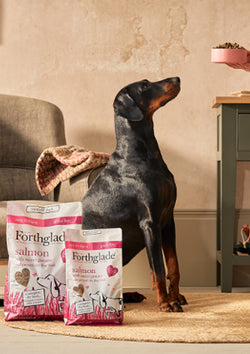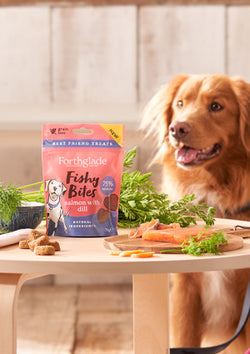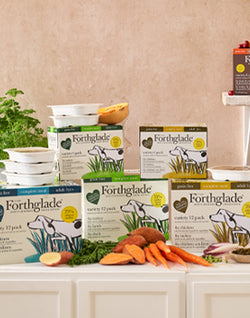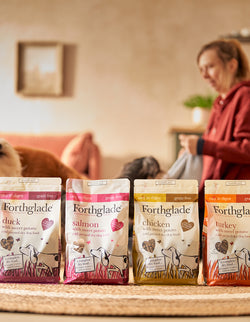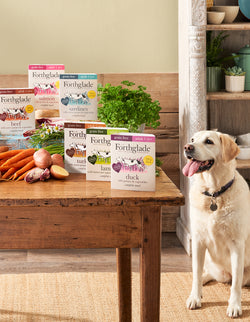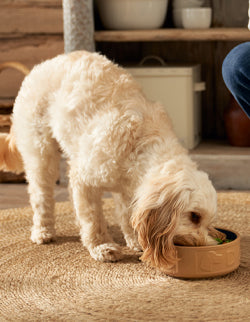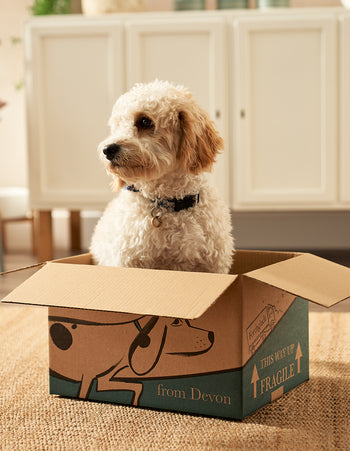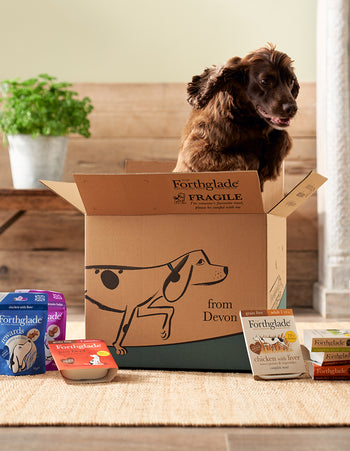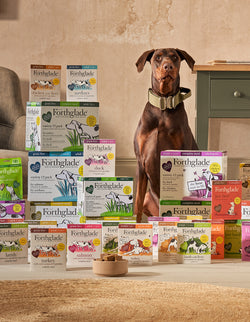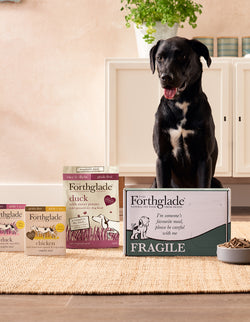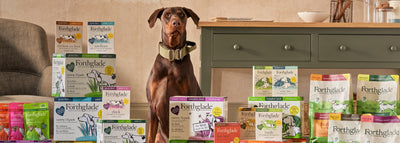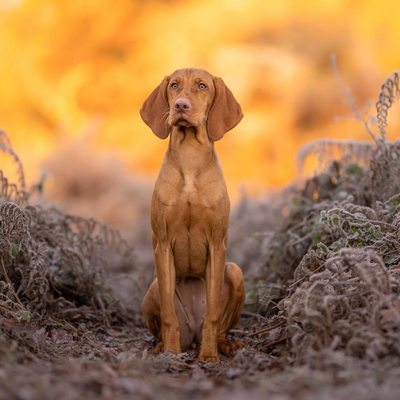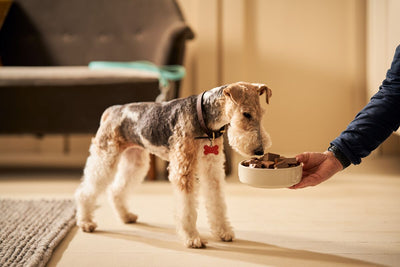Most dogs love playing in water and it’s also a great way to cool down in the summer. With so many beautiful coastlines, lakes and rivers to visit around the UK there are fantastic water-based adventures to pursue, but it’s important to keep pups safe near water, so we’ve teamed up with our friends at Red Paddle Co to share a list of water safety tips for dogs.
It goes without saying that all dogs near any kind of water should wear a dog buoyancy aid. These special canine life jackets will massively reduce your dog's risk of drowning, as well as reducing the severity of many common accidents. It is important to note that age, general fitness and certain medical conditions are all factors determining how long a dog can safely spend in the water, according to animal physiotherapists. In most other breeds, however, it comes down to each individual dog and its background and upbringing as to how comfortable it might be in the water. On average, a healthy dog should only consistently play in the water for around 15 - 20 minutes, as swimming is equivalent to a fast run outdoors.

General Dog Safety While Swimming
There are many water safety tips for dogs that owners should think about before allowing their furry friends to play in any water. Red Paddle Co have highlighted places to avoid if your dog is not a strong swimmer or a beginner:
- Avoid canals. The water in canals is often stagnant which can be a health risk for your dog. There are also often hazards lurking under the water, like rubbish and debris.
- Ensure that your dog does not get too cold. Dogs are similar to humans in the way that prolonged exposure reduces core temperature - keep an eye out for signs that your dog is too cold such as shaking or shivering, hunched posture with a tucked tail, whining or barking, change in behaviour, like seeming anxious or uncomfortable, reluctance to keep walking or tries to turn around, seeks places for shelter, lifts paw off the ground.
- Keep away from reservoirs. While reservoirs look like tempting places to swim, they're actually full of hidden dangers. There are strong currents in the water and there are often hidden objects under the surface. Reservoirs are also usually very deep so the water is really cold, even on a hot day. It can send your dog's body into shock, causing them to gasp and swallow water if they dive straight in.
- Avoid fast flowing water or flooded rivers. Any fast flowing water is a danger for your dog. Currents can cause them to quickly get into trouble and struggle to reach the shore. Flood water is especially dangerous as it's often packed with debris which can injure your dog.
- Steer clear of rough seas. Big, crashing waves and strong currents put your dog in dangers. Don't let them into the sea when it's rough, stormy, or when there are warnings against swimming.
Dogs Swimming In Open Waters
While allowing your dog to enjoy open water, keep these tips in mind:
- Watch out for strong currents and riptides, which can take you both out to sea. Even the best swimmer can be in danger when seas are rough.
- Ensure a dog buoyancy aid is worn at all times.
- Don’t let your dog drink ocean water. It can make him sick. Bring fresh H2O with you to keep him hydrated.
- Try to keep your dog away from fish that have washed onto the shore. They may smell great to him, but they can make him unwell.
- Get the correct protection from the sun - this could include paw balm to avoid paws getting burnt from hot surfaces, or dog friendly sun creams on delicate areas. Ask your vet for advice on what may be suitable.
Dogs Swimming In A Pool
Often people believe that swimming pools are less risky for dogs and that they can be left unassisted, however, this is not wise and you should take the following into account:
- Put a fence around your swimming pool (if you can) to keep your dog out when it isn’t time to swim
- Keep a sturdy cover over the pool when you aren’t using it. It should be made of a material that lets rainwater drain through, as dogs can drown in puddles on top of pool covers
- Train your dog how to get in and out safely. Make sure there are steps or a ramp he can use to climb out
- Check the water temperature before letting your dog take a dip. Only a few breeds can handle extra-cold water
- Ensure a dog buoyancy aid is worn for safety
Dogs Swimming In A River, Lake Or Pond
- Check the current of a river or a creek.
- Make sure it isn’t too strong to let your dog swim.
- Keep your pal away from fishing gear. Sharp hooks and barbs can lead to serious injury.
- Be careful of uneven surfaces in the river, lake or pond that could hurt your furry friend's legs or may damage paws.
- Again, ensure your dog is wearing a buoyancy aid at all times.

Nailing Recall
Ensuring good recall training is vital when allowing dogs near water, it can make a key difference to keeping them safe and feeling confident so you can both enjoy yourself. Taking high reward tasty treats on trips near water can help encourage curious canines promptly back to your side, so don’t forget to pack treats for all your adventures.
If your dog – or anyone else’s – gets into trouble in the water, don’t be tempted to go in after them and call 999 instead seek urgent help from the professionals. Sadly, every year people lose their lives while trying to save their dogs. Dogs can often get themselves out of dangerous situations and going after them just puts yourself in danger, too.

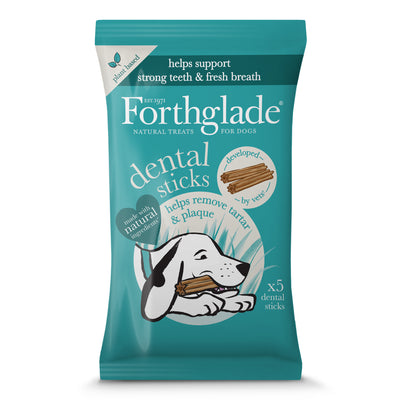
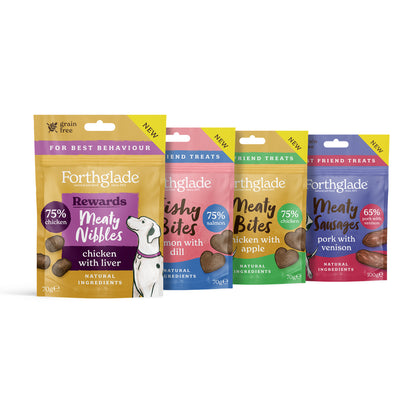

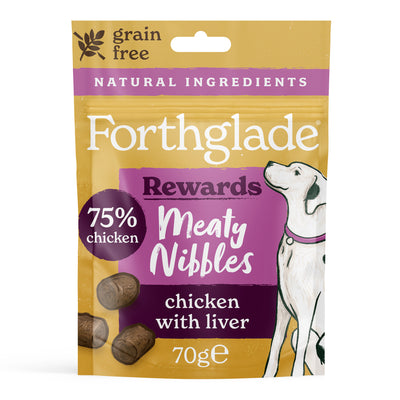

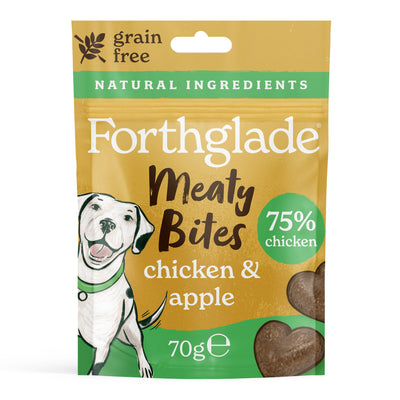
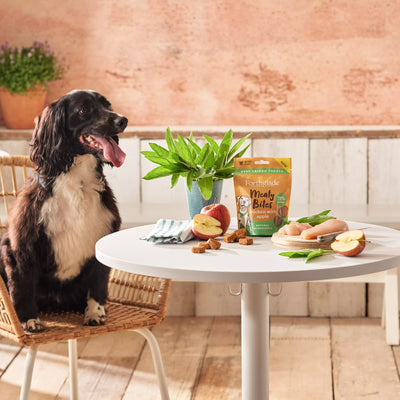
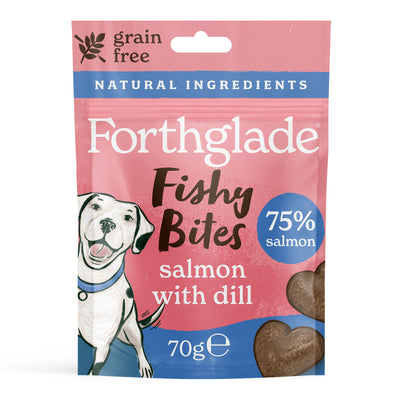
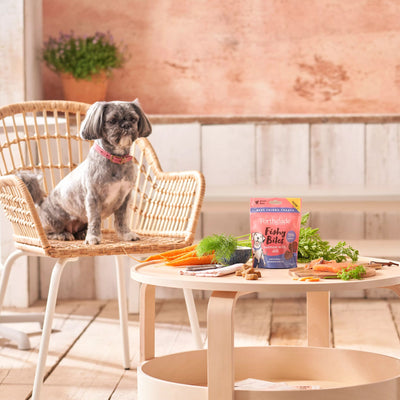
 Over 4,219 5* Reviews
Over 4,219 5* Reviews
 Subscribe & Save 10%
Subscribe & Save 10%
